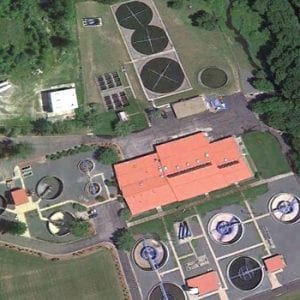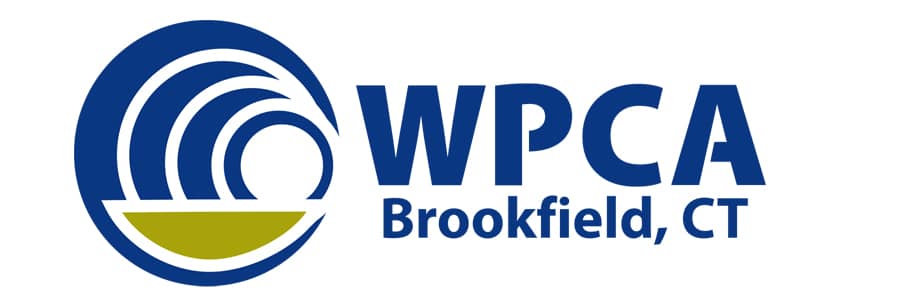Danbury Plant
_______
All wastewater flow generated in Brookfield is sent to the regional treatment plant in Danbury. Please see the charts below for information regarding the average gallons per day sent to the Danbury Plant in recent months.


As cited on their website, “the Danbury Water Pollution Control Plant (WPCP) provides wastewater and septage treatment for Danbury, Bethel, Brookfield, Ridgefield, and Newtown, and also accepts septage from New Fairfield, Redding, and Bridgewater, and some out-of-region towns. The WPCP currently treats an average wastewater flow of 9 million gallons per day and an average septage load of 14 million gallons per year.”
The Danbury website goes on to explain “ongoing WPCP Upgrades include construction of a new Tertiary Treatment Facility for improved phosphorus removal, Stormwater System Improvements, construction of a new Headworks Screening and Grit Removal Facility, construction of a new Fats, Oils and Grease (FOG) Receiving and REA Biodiesel Facility and Miscellaneous Plant Upgrades. Upgrades are required to meet stringent long-term nutrient (nitrogen and phosphorus) removal discharge permit requirements and are required to replace existing aging systems and equipment.”
For more information on the Danbury Plant, please visit their website at https://www.danbury-ct.gov/345/Sewer-Division

Notes
1) The cost share for Brookfield for purchasing 3.3% of the upgraded plant capacity will be about $2,300,000 after grant funds are applied. Grants are promised for about one-third of the cost payable after the project is completed. This buys 380,000 Gallons per Day (GPD), that is 75% of the current allocation, in line with the Danbury plant capacity reduction.
2) It is anticipated this cost burden to Brookfield will begin about 2021.
3) The cost to purchase the additional 120,000 GPD to restore Brookfield to an allowable capacity of 500,000 GPD is another $1,000,000.
4) The Brookfield WPCA Commission has considered the total flow capacity and determined that the revised capacity limit is sufficient in light of the last decade of flow history. It is deemed unreasonable for the current sewer customers to pay now for future capacity that may never be used. It is possible that the Town will purchase the extra capacity, but that is a decision for the Board of Selectmen and the Board of Finance.
Notes
1) See Brookfield wastewater flow history to Danbury
2) The cost share for Brookfield for purchasing 3.3% of the upgraded plant capacity will be about $2,300,000 after grant funds are applied. Grants are promised for about one-third of the cost payable after the project is completed. This buys 380,000 Gallons per Day (GPD), that is 75% of the current allocation, in line with the Danbury plant capacity reduction.
3) It is anticipated this cost burden to Brookfield will begin about 2021.
4) The cost to purchase the additional 120,000 GPD to restore Brookfield to an allowable capacity of 500,000 GPD is another $1,000,000.
5) The Brookfield WPCA Commission has considered the total flow capacity and determined that the revised capacity limit is sufficient in light of the last decade of flow history. It is deemed unreasonable for the current sewer customers to pay now for future capacity that may never be used. It is possible that the Town will purchase the extra capacity, but that is a decision for the Board of Selectmen and the Board of Finance.
